:)
So. How do I correctly calculate the power consumption of this circuit? :)
I don't have an oscilloscope or an DMM that measures I. My DMM is an Extech EX330, which is quite good for it's price.
Here are the measurements:
It is drawing 9.21 mA DC and 6.48 mA AC in series with the battery.
It shows 1.364 VDC and 0.010 VAC in parallel with the battery.
Output on the LED is 2.572 VDC and 0.011 VAC with no measurable frequency. (with my DMM at least)
All measurements are taken with the same configuration and voltage
.
Please note that I put 20.000 µF electrolytic, a bit metal film and a tiny ceramic capacitor in parallel with the LED (for no particular reason. just more smoothing) while measuring the above stated data points!
Also, I switched both 3-pin TO22 dual schottky-diode packages, of which I bridged pin 1 and 3 to put diodes in parallel, (shown as weird schottky-diode things in the schematic) with regular 1N4007 diodes, because they work more efficient for some weird reason. (Reverse leakage current in the schottky packages maybe?? BTW, does it get worse when two are in parallel?)
Sorry I couldn't update the schematic, but thank you for your help! :)
.
.
Why is it different from the other question, you ask? My two questions of the same kind were ignored in the other thread. Also it is totally different question. So keep it, please.
